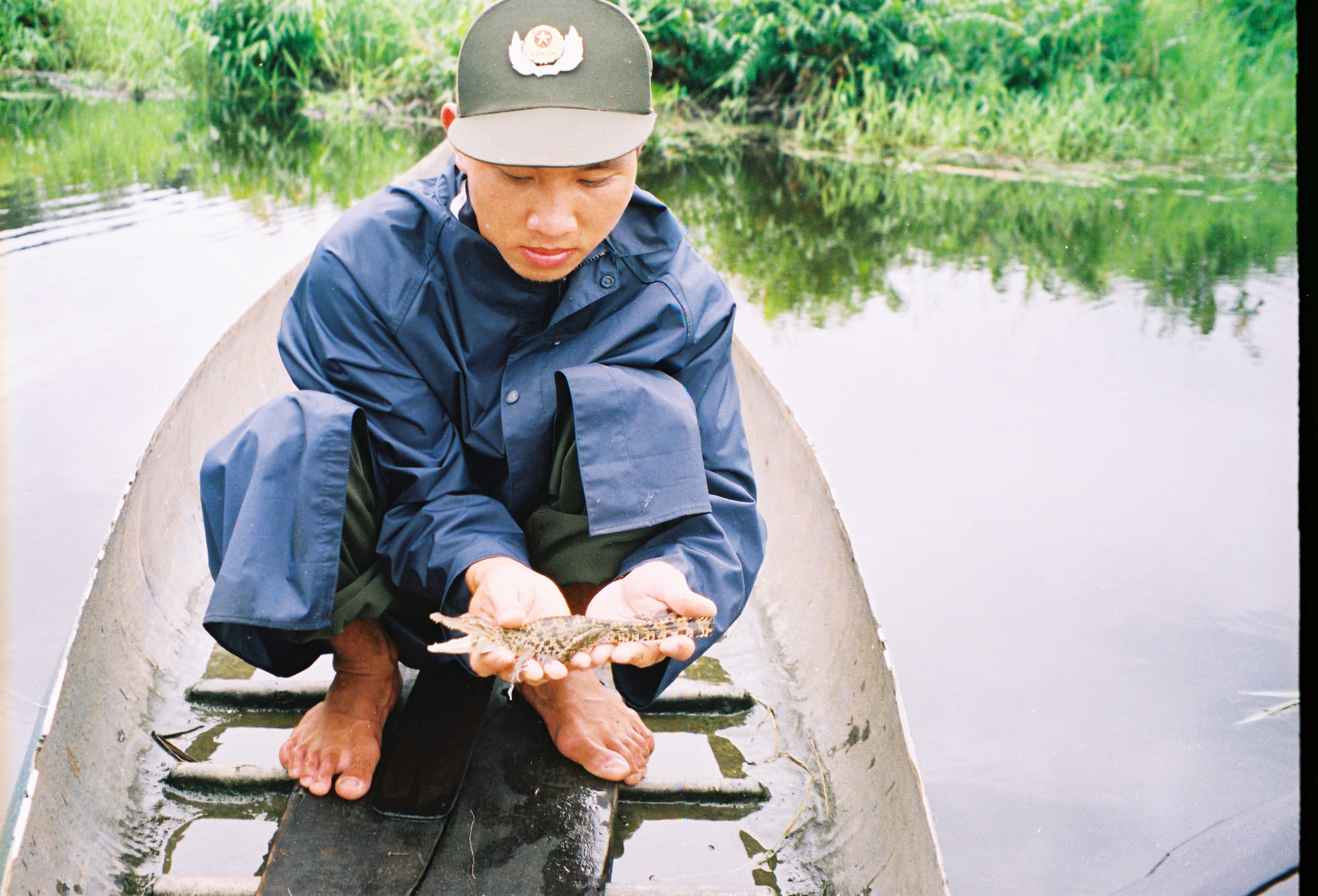Workshops were held to reinforce knowledge of the Sustainable Development Goals (SDGs), biosphere reserve management, climate change, sustainability, watershed management and agroecology, among others.
Capacities were developed for the creation of programs that contribute to the biosphere reserve management processes through the transmission of environmental programs.
Among the communication pieces, scripts were created for podcasts, which addressed the topic of biosphere reserves and their relationship with the SDGs and climate change.
An example of this is the podcast by La Voz de Puca, entitled "Área protegida Refugio de vida silvestre Montaña de Puca", which mentions SDG6 and how the mountain is a producer of water.
Radio Taragual created the slogan "Let's return to our roots so as not to destroy our common home", which was created after reflecting on the impacts of climate change and deforestation.
Radio Tenán produced informative capsules on UNESCO's MaB Program for the declaration of biosphere reserve territories, highlighting the four reserves in Honduras.
In order to sensitize the audience of each community radio station, it was first necessary to organize environmental education workshops with the teams of communicators from the three stations.
They were trained in the SDGs, with emphasis on those linked to the reserve, such as SDG6, SDG12, SDG13 and SDG15.
Radio productions included informative capsules, radio spots and podcasts. They also produced curtains and stamps for each radio station, all with an environmental focus and highlighting the fact that they live in a biosphere reserve.
